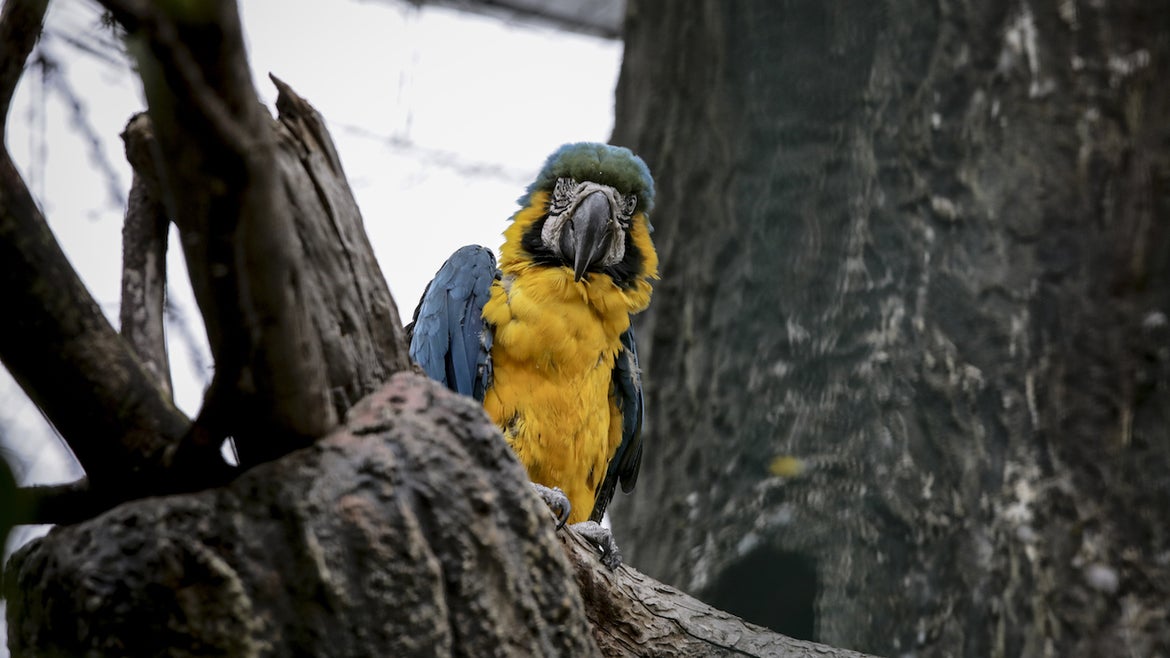As the planet's temperature increases, animals are regulating their temperature by getting larger beaks, legs, and ears.
Climate change is affecting yet another aspect of daily life on earth. As a result of the pressures of climate change, some animals are experiencing shifts in their body shapes, according to CNN.
This phenomenon is primarily affecting warm-blooded animals.
As the planet's temperature increases, animals regulate their temperature by getting larger beaks, legs, and ears, researcher Sara Ryding told CNN.
Australian parrots species seemed to be the most affected. On average, since 1871, their beaks have increased by up to ten percent.
“It means animals are evolving, but it does not necessarily mean that they are coping with climate change. We can see that some species have increased in appendage size so far, but we don't know if they will be able to keep up as the climate crisis worsens,” Ryding said.
She adds that this is not a positive transition. “But rather it is alarming that climate change is pushing animals to evolve like this, under such a relatively short timeframe," she noted.
In addition, although appendages are increasing in size, animal bodies are shrinking.
“Smaller bodies hold onto less heat,” CNN points out.
Chicago’s Field Museum did a recent study on birds that died after hitting high-rise buildings in the region. Researchers determined that birds have been getting smaller over the last four decades.
Shape-shift isn’t only prevalent in birds but also shrews and bats. Researchers plan on doing more studies to gauge how wide the phenomenon is.






